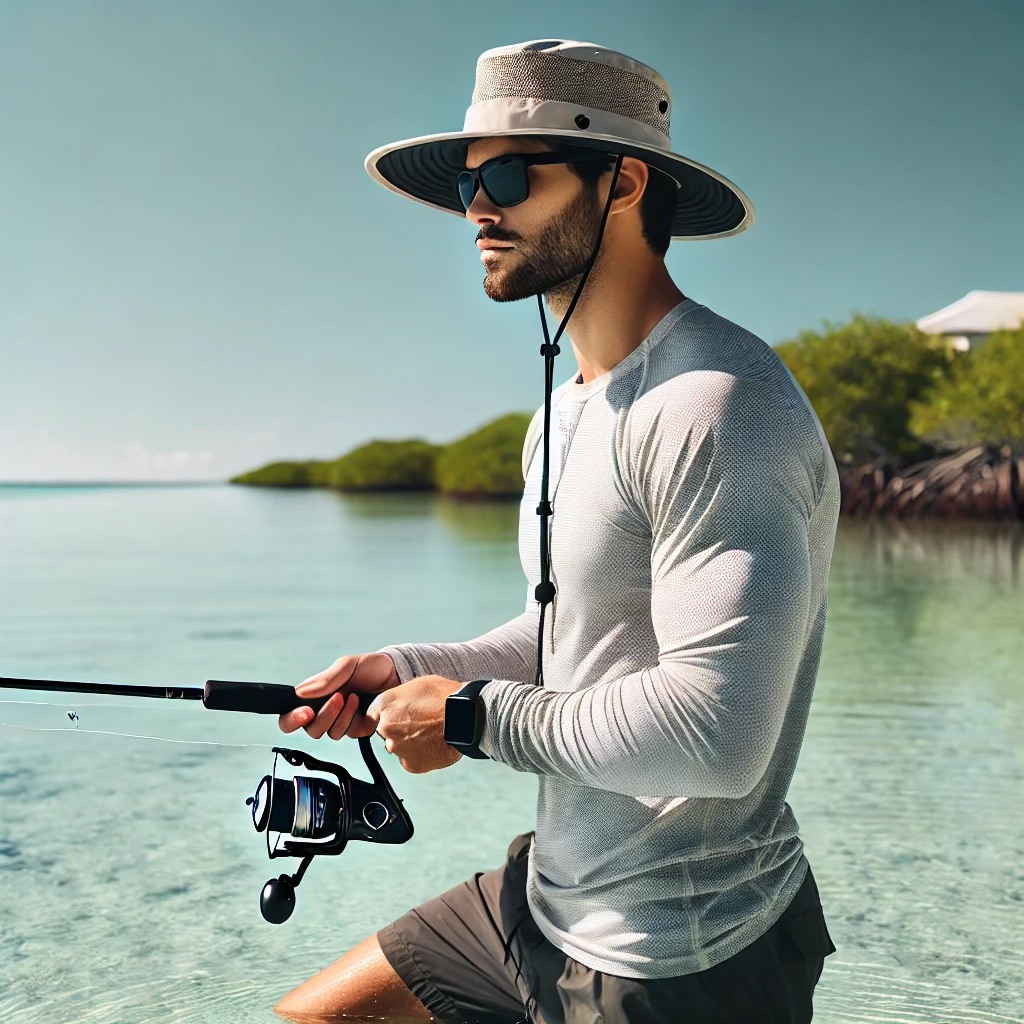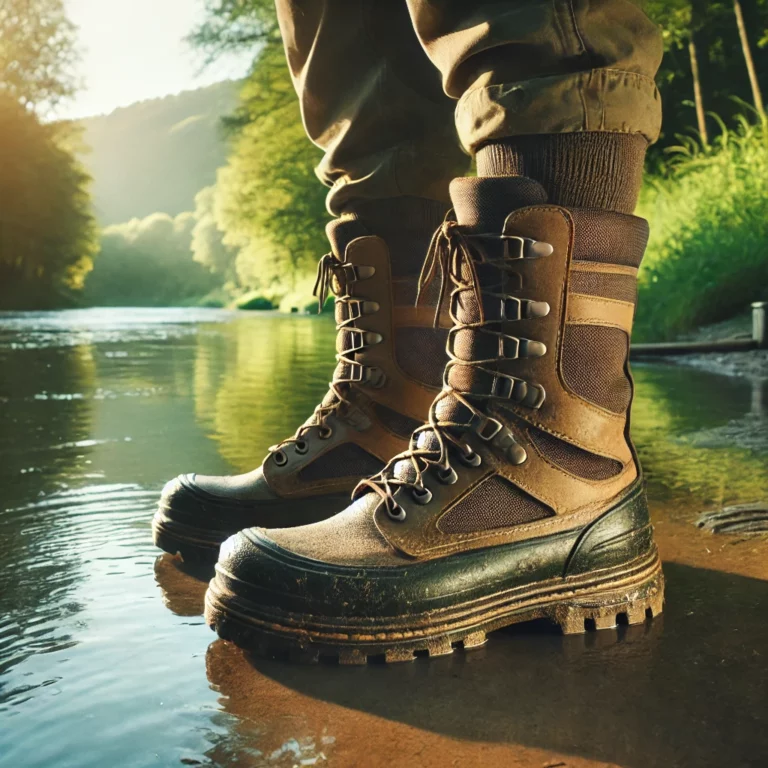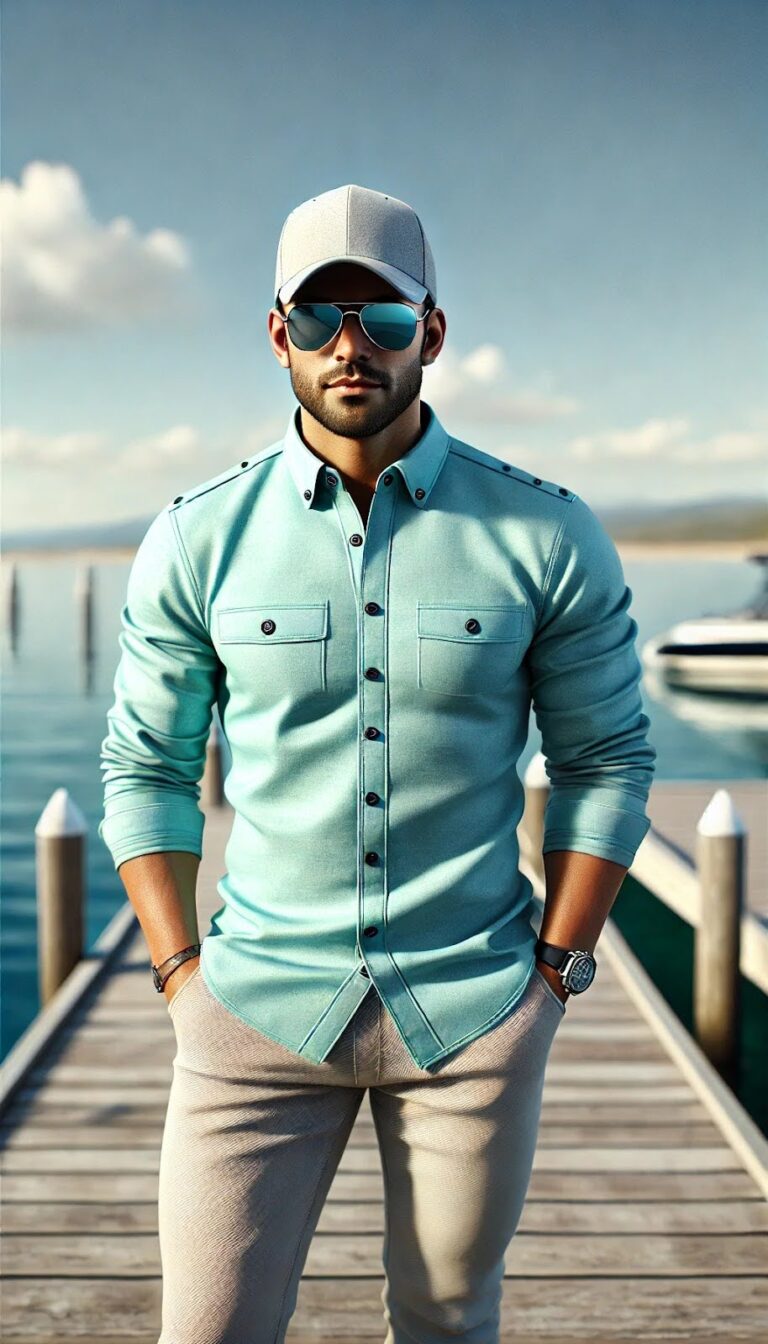Choosing a Fishing Hat: 10 Critical Considerations
A fishing hat is an essential piece of gear for any angler, providing protection from the sun, enhancing visibility, and offering comfort during long hours on the water.
With a variety of options available, choosing the best fishing hat can be a daunting task at first.
This guide will walk you through the key factors to consider when buying a fishing hat to ensure you select the best one for your needs.
Fishing Hat Essentials: What Every Angler Should Know

1. Sun Protection
The primary function of a fishing hat is to protect you from the harmful effects of the sun.
Ultraviolet (UV) radiation can cause sunburn, and skin damage, and increase the risk of skin cancer.
Therefore, choosing a hat that offers adequate sun protection is crucial.
- UPF Rating: Look for hats with a high Ultraviolet Protection Factor (UPF) rating. A UPF rating of 50+ indicates excellent protection, blocking out over 98% of UV radiation.
- Wide Brim: A hat with a wide brim (at least 3 inches) provides shade to your face, ears, and neck, reducing exposure to the sun.
- Neck Flaps: Some fishing hats come with neck flaps or capes that offer additional coverage for the back of your neck, an area often neglected in sun protection.
2. Material
The material of the fishing hat affects its comfort, durability, and functionality.
Here are some common materials used in fishing hats:
- Nylon: Lightweight, quick-drying, and breathable, nylon is a popular choice for fishing hats. It offers good protection from the sun and is resistant to water and mildew.
- Polyester: Another lightweight and durable option, polyester is often used in performance fishing hats. It is breathable, quick-drying, and provides excellent UV protection.
- Cotton: While cotton is comfortable and breathable, it tends to retain moisture and can become heavy when wet. It is best suited for cooler climates or less intense fishing conditions.
- Blend Fabrics: Many fishing hats use a blend of materials to combine the benefits of different fabrics. For instance, a nylon-polyester blend offers the durability and quick-drying properties of nylon with the breathability and comfort of polyester.
3. Ventilation
Proper ventilation is essential to keep you cool and comfortable during long fishing trips, especially in hot and humid conditions.
Look for the following features to ensure good ventilation:
- Mesh Panels: Hats with mesh panels or vents allow air to circulate, helping to dissipate heat and moisture.
- Breathable Fabrics: Lightweight and breathable materials, such as nylon and polyester, enhance airflow and prevent overheating.
- Moisture-Wicking Technology: Some fishing hats, like many fishing shirts, are designed with moisture-wicking properties that draw sweat away from your skin, keeping you dry and comfortable.

4. Fit and Comfort
A well-fitting hat is crucial for comfort and functionality.
Here are some factors to consider to ensure the best fit:
- Adjustable Straps: Many fishing hats come with adjustable straps, drawstrings, or toggles that allow you to customize the fit. This is especially important in windy conditions, ensuring the hat stays securely on your head.
- Size Options: Some hats are available in different sizes, providing a better fit for various head shapes and sizes. Refer to the manufacturer’s sizing chart to find the right size for you.
- Inner Headband: An inner headband or sweatband made of soft, moisture-wicking material enhances comfort and prevents sweat from dripping into your eyes.
5. Water Resistance
Fishing often involves exposure to water, whether from rain, splashes, or sweat.
A water-resistant or quick-drying hat can significantly enhance your comfort and performance.
- Water-Resistant Coating: Look for hats treated with a water-resistant coating to repel water and keep your head dry.
- Quick-Drying Fabric: Materials like nylon and polyester dry quickly, preventing the hat from becoming heavy and uncomfortable when wet.
- Floatation: Some fishing hats are designed to float, ensuring they don’t sink if they fall into the water. This feature is particularly useful for boat anglers.

6. Brim Style and Size
The brim of the hat plays a crucial role in providing shade and protection.
Here are some common brim styles and their benefits:
- Wide Brim Hats: These hats offer maximum sun protection for your face, ears, and neck. They are ideal for prolonged exposure to the sun.
- Bucket Hats: With a shorter, downward-sloping brim, bucket hats provide good sun protection while being less obstructive. They are a versatile choice for various fishing environments.
- Caped Hats: These hats feature a traditional baseball cap design with an extended neck flap or cape for added sun protection. They offer a balance of comfort and functionality.
- Convertible Hats: Some hats come with removable or adjustable brims and neck flaps, allowing you to customize the level of coverage based on your needs.
7. Visibility
Good visibility is essential for spotting fish, reading the water, and casting accurately.
Consider the following features to enhance visibility:
- Dark Underbrim: A dark-colored underbrim reduces glare from the water, making it easier to see fish and underwater structures.
- Bright Colors: Brightly colored hats can improve your visibility to other anglers and boaters, enhancing safety in crowded fishing areas.
8. Durability
A durable fishing hat is a worthwhile investment, ensuring it withstands the rigors of outdoor activities.
Here are some factors that contribute to durability:
- Reinforced Stitching: Look for hats with reinforced stitching at stress points to prevent tearing and extend the hat’s lifespan.
- High-Quality Materials: Durable materials like nylon and polyester are resistant to wear and tear, making them suitable for rugged use.
- Fade Resistance: Hats treated with fade-resistant coatings retain their color and appearance, even after prolonged exposure to the sun and saltwater.
9. Style and Design
While functionality is paramount, the style and design of the hat can also be important to some anglers.
Consider the following aspects:
- Color Options: Choose a color that suits your preference and provides good camouflage in your fishing environment. Earth tones and muted colors are ideal for blending in, while bright colors enhance visibility.
- Brand and Logos: Some anglers prefer hats from reputable fishing brands that offer specialized features and quality assurance. Logos and branding can also be a matter of personal preference.
- Personalized Features: Some fishing hats come with additional features like loops for attaching flies, hooks, or other small accessories, adding to their functionality.
10. Price and Value
Fishing hats come in a wide range of prices, from budget-friendly options to high-end models.
While it’s tempting to go for the cheapest option, investing in a high-quality hat can provide better protection, comfort, and durability.
Here’s what to consider:
- Budget: Determine your budget and look for hats within that range that offer the features you need.
- Value for Money: Assess the hat’s features, material quality, and brand reputation to ensure you’re getting good value for your money.
- Warranty: Some high-quality fishing hats come with a warranty, providing added assurance and protection for your investment.
Conclusion

The right fishing hat is essential for a comfortable and successful angling experience.
By considering factors such as sun protection, material, ventilation, fit, water resistance, brim style, visibility, durability, style, and price, you can find the best fishing hat to suit your needs.
A well-chosen fishing hat not only protects you from the sun and elements but also enhances your overall fishing performance and enjoyment.
Combined with a quality fishing shirt, and a sturdy pair of fishing gloves, you’ll stay dry and comfortable, extending your time on the water.
With the myriad of options available, taking the time to choose a hat that meets your specific requirements will pay off in the long run, ensuring you stay comfortable and protected during your fishing adventures.
Grab your tackle box in hand, or the straps of that fishing backpack, along with your new fishing hat and head out to enjoy some well-deserved time on the water with confidence and style.
Tight lines and happy fishing!







